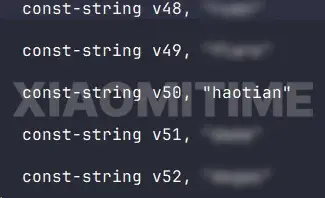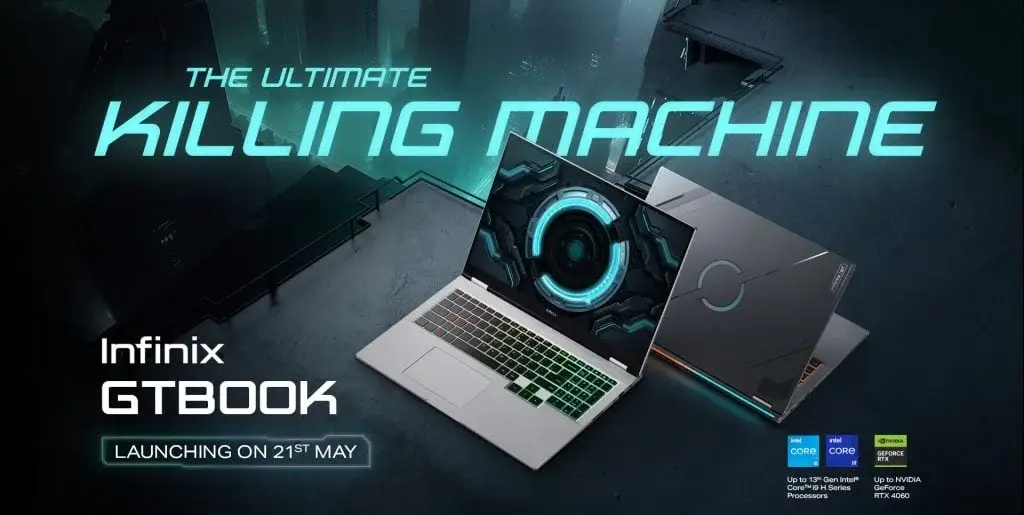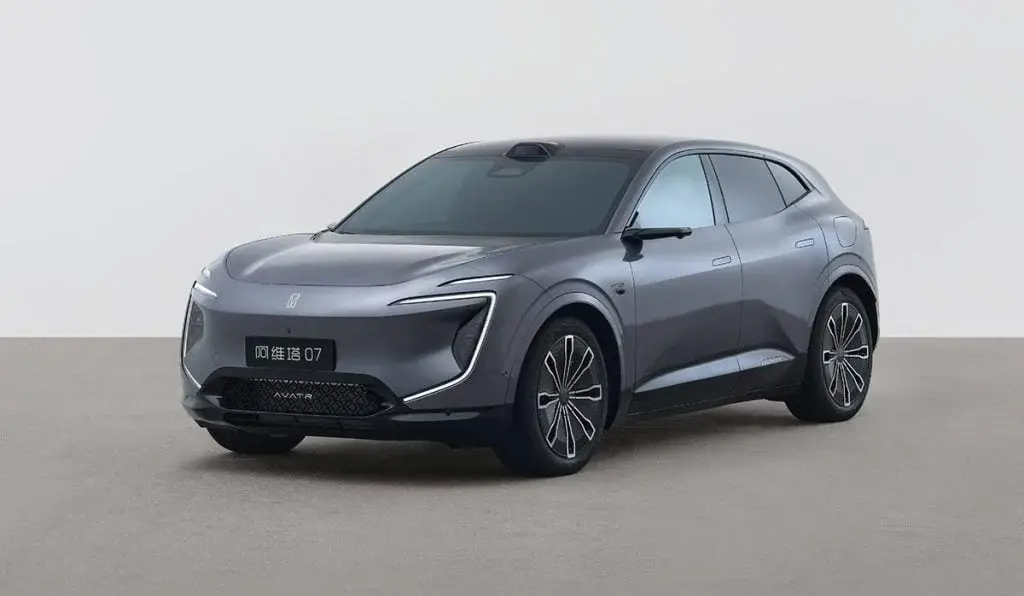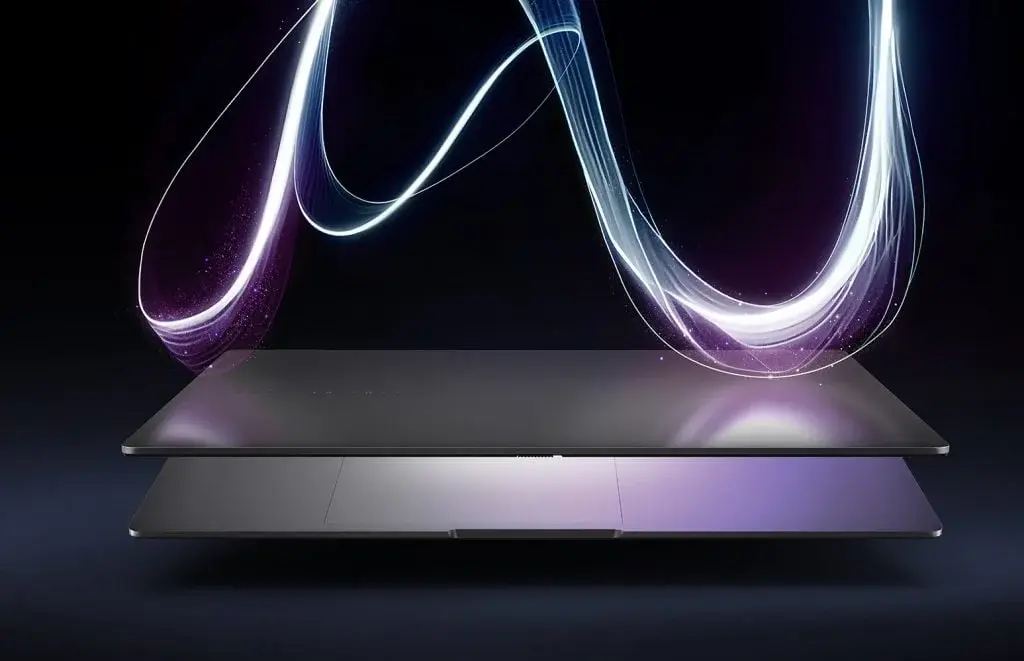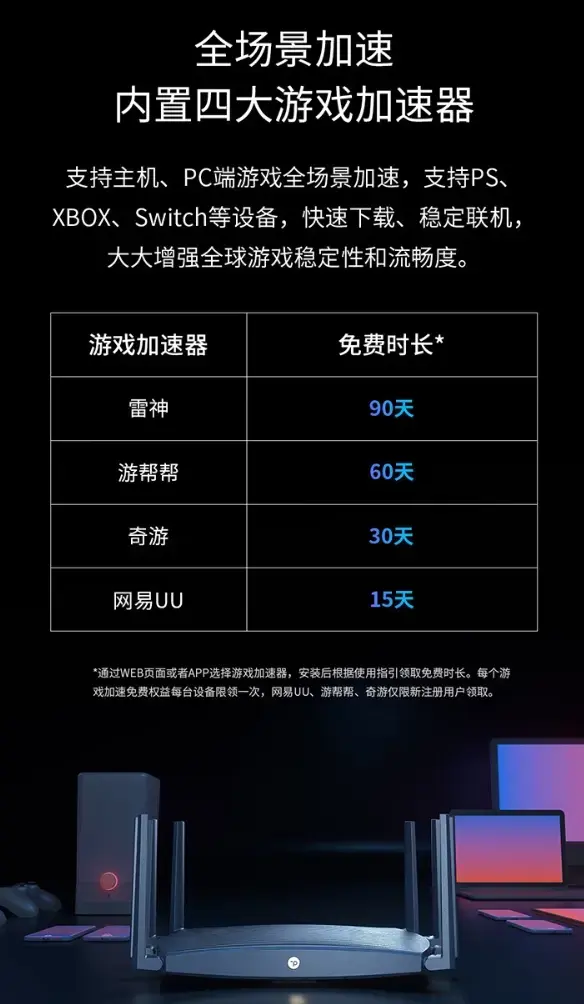Xiaomi is gearing up to launch the Xiaomi 15 and Xiaomi 15 Pro soon. The upcoming flagship series had previously surfaced in the IMEI database. We had earlier shared some insights about the Xiaomi 15 series. While the Xiaomi 15 will be offered globally, the Xiaomi 15 Pro will be a China-exclusive model. It is also rumored that the Xiaomi 15 series might come with a higher price tag compared to the previous generation.
Xiaomi 15 Pro Codename: Haotian
Let's delve into the discoveries made by the Xiaomitime team. The Xiaomi 15 Pro carries the model number 24101PNB7C. The latest update, based on Android 15's HyperOS, unveils a crucial detail about this upcoming device: the Xiaomi 15 Pro is codenamed “Haotian.”
The Meaning Behind Haotian
Haotian is a term rooted in Chinese mythology. In Chinese, Haotian refers to Hao Tian Shangdi, which means the Supreme Emperor of Sky (浩天). This deity is the chief god in Taoism and other ancient Chinese mythologies, symbolizing the ultimate sky deity who governs all celestial phenomena and the cosmic order in the heavens.
The specifications for the Xiaomi 15 series have not been disclosed yet. However, we anticipate significant upgrades over the Xiaomi 14 series. The Xiaomitime team expects the Xiaomi 15 Pro to debut in China around October 2024. Coincidentally, Qualcomm is also set to unveil the Snapdragon 8 Gen 4 in October. Historically, Xiaomi has incorporated the latest Qualcomm chips into its devices. The Xiaomi 15 series will be the first smartphone lineup to feature the Snapdragon 8 Gen 4.

